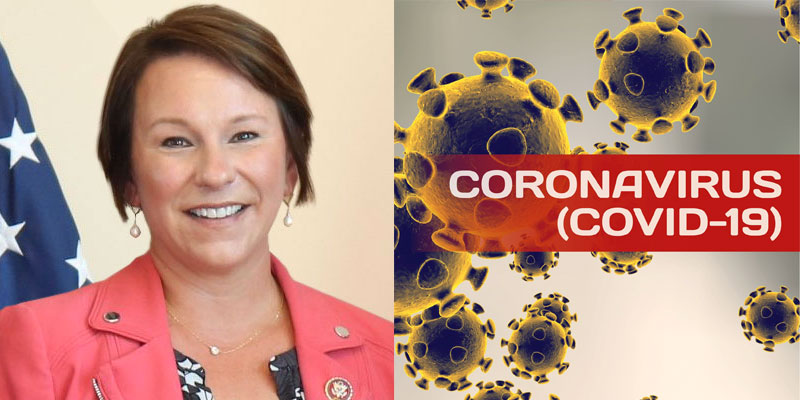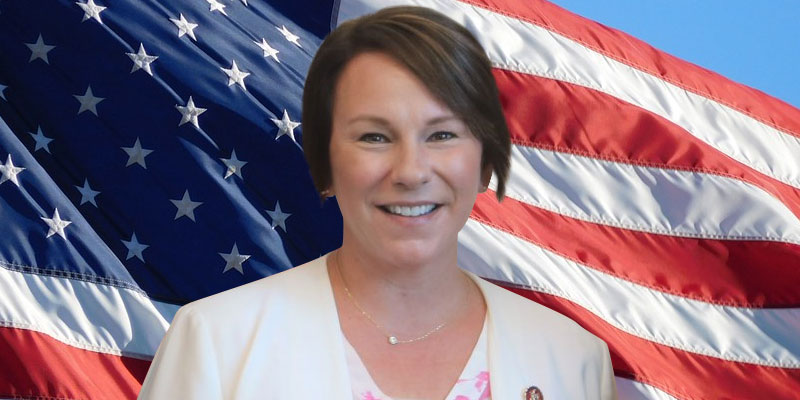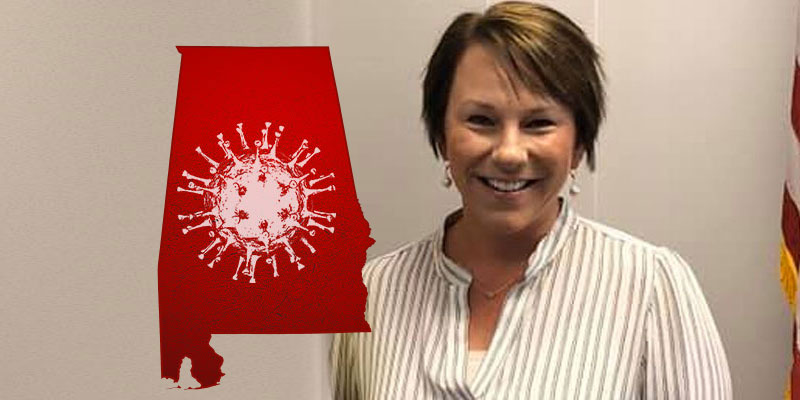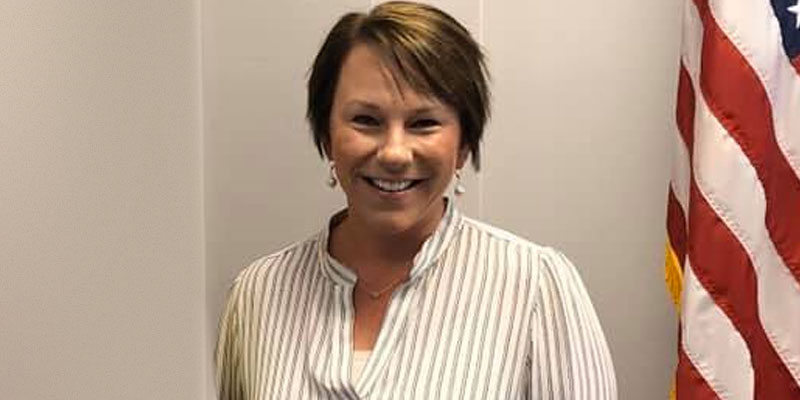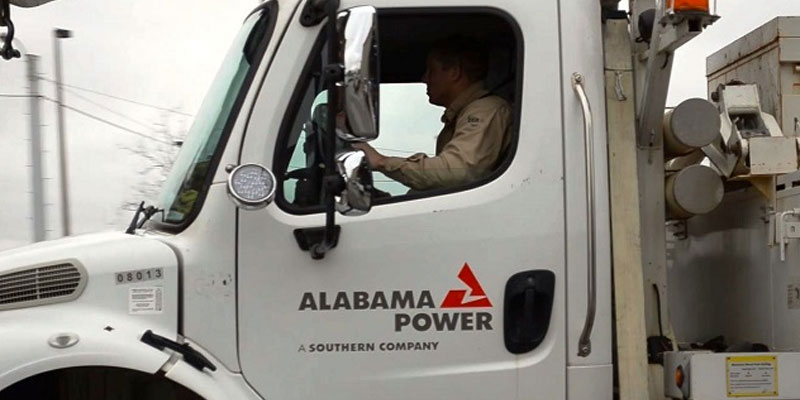There are countless important issues currently facing our state and country. From ongoing conversations about border security to the pressing need to come to an agreement on government funding, there is no shortage of topics that warrant serious discussion. Perhaps one of our most critical ongoing issues is the horrific opioid epidemic that continues to grip Alabama and communities throughout our country.
To understand the scale and the seriousness of this crisis, we must first have a clear grasp on its history and the numbers. In the late 1990s, pharmaceutical companies assured the medical community that patients would not become addicted to opioid pain relievers, and healthcare providers began to prescribe these drugs at increasing rates. This increased prescription led to widespread misuse of both prescription and non-prescription opioids before it became clear that these medications can, indeed, be highly addictive.
In 2017, the Department of Health and Human Services (HHS) declared a public health emergency and announced their strategy to combat the crisis. In 2017, there were more than 70,200 drug overdose deaths in the U.S., and the sharpest increase occurred among deaths involving fentanyl and other synthetic narcotics. It is estimated that more than 11.4 million people misused prescription opioids in 2017 alone.
In 2017, Alabama health care providers wrote 107.2 opioid prescriptions for every 100 persons. This was the highest prescribing rate in the country and nearly double the national average. These numbers clearly show that we have a serious problem on our hands, and I am glad to report that the Administration has recently taken further action to continue to combat this crisis that takes American lives daily.
The Department of Health and Human Services recently announced more than $1.8 billion in funding to states to continue efforts to crack down on the opioid epidemic, and Alabama will receive $13 million. These funds will expand access to treatment and support the collection of real-time data related to drug overdose. The Centers for Disease Control and Prevention announced more than $900 million in new funding for a three-year cooperative agreement with states, territories, and localities to advance the understanding of this epidemic and strengthen prevention and response efforts. The Substance Abuse and Mental Health Services Administration awarded approximately $932 million to all 50 states as part of its State Opioid Response grant program.
By the end of this year, the Trump administration’s Department of Health and Human Services will have awarded more than $9 billion in grant dollars to states and local communities to increase access to opioid addiction treatment and prevention services. For the first time in more than two decades, we are seeing a decrease in overdose deaths, more Americans are accessing treatment, and lives are being saved. Much work remains as we tackle this crisis head-on, but we are finally headed in the right direction, and I will continue this fight with my colleagues in Congress and the Trump administration.
Martha Roby represents Alabama’s Second Congressional District. She lives in Montgomery, Alabama, with her husband Riley and their two children.









